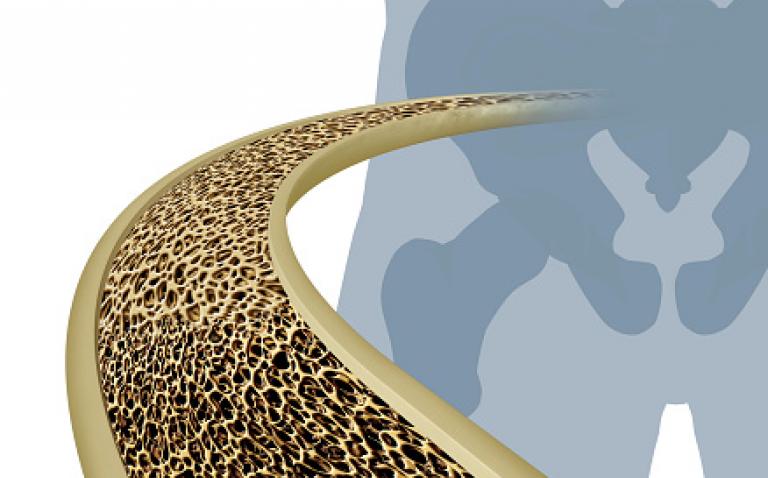UCB has announced results from a comprehensive real world database analysis that assessed the rates of osteoporosis treatment initiation within one year following a first fracture in patients in Sweden.
The data showed that only 6.6% of patients, who were treatment naive, were initiated on osteoporosis treatment.1 This analysis, performed by Quantify Research and funded by UCB, was presented today at the Annual European Congress of Rheumatology (EULAR) 2017 in Madrid, Spain.
The primarily descriptive analysis identified 258,827 treatment-naïve patients (aged ≥50) from Swedish data sources, who had a first fracture of any type between 2006 and 2012. Patients were followed to assess rates of osteoporosis treatment within one year of first fracture and to treatment initiation.
The reported 6.6% figure is significantly below the Swedish national target of 30% uptake of osteoporosis treatment after a first fracture and also falls short of the 12% national indicator for treatment exposure.2
“These results from real-world data suggest that osteoporosis is being severely under-treated – putting patients at risk of painful, disabling fractures in the future.” Professor Kristina Åkesson, Department of Orthopedics, Skane University Hospital, Lund University, Malmö, Sweden. “A fracture should be considered a warning sign that a person’s bones have weakened, and trigger testing and treatment. There is a need for a multidisciplinary, cohesive and consistent approach to post-fracture osteoporosis management to ensure that all patients are appropriately treated and their risk of further fractures is reduced.”
The analysis suggests that certain factors had an influence on treatment initiation; female patients were more likely to be initiated on treatment post first fracture than males (8.5% compared to 2.3%, respectively) and those patients with a clinical vertebral fracture were more likely to start osteoporosis treatment (21.2%) than those with a hip fracture (5.2%). In addition, although both dementia and dependency are known to be associated with increased risk of fracture,3 the tendency to initiate treatment was lower in patients with these conditions compared with those without (1.5% vs 6.9% and 2.3% vs 7.4%, respectively).1
“In this day and age, it is inexcusable that patients at high risk of a fracture routinely remain untested and untreated, and the new data presented at EULAR 2017 continue to show the ongoing care gap. Diagnosis, followed by effective treatment together with lifestyle changes, would help protect these patients against a future of potentially devastating fractures that cause long-term disability, threaten independence, and may lead to premature death,” said Professor Cyrus Cooper, President of the International Osteoporosis Foundation. “We are calling for people from across the globe to sign the IOF Global Patient Charter so we can draw attention to osteoporosis and garner support for the implementation of systematic prevention strategies and improved patient care.”
“The effects of osteoporosis, particularly after a fracture, can be life-changing.” said Dr Pascale Richetta, Head of Bone and Executive Vice President at UCB. “This study serves as a stark reminder that there is an urgent need for fragility fractures to be taken seriously. At UCB we are working to foster the adoption and implementation of post fracture care models, as well as helping to inspire action through improved fracture education and understanding.”
References
- Spångéus A, Åkesson K, Ljunggren Ö, Banefelt J, Karlsson L, Ortsäter G, Libanati C, Toth E, Ström O. The treatment gap after fracture in osteoporosis patients in Sweden. Presented at EULAR 2017 Abstract #OP0050.
- Swedish Association of Local Authorities and Regions (SKL) and The National Board of Health and Welfare (2015) Öppna Jämförelser 2015,
- Wang H-K, Hung C-M, Lin S-H et al. Increased risk of hip fractures in patients with dementia: a nationwide population-based study. BMC Neurology 2014;14175.










